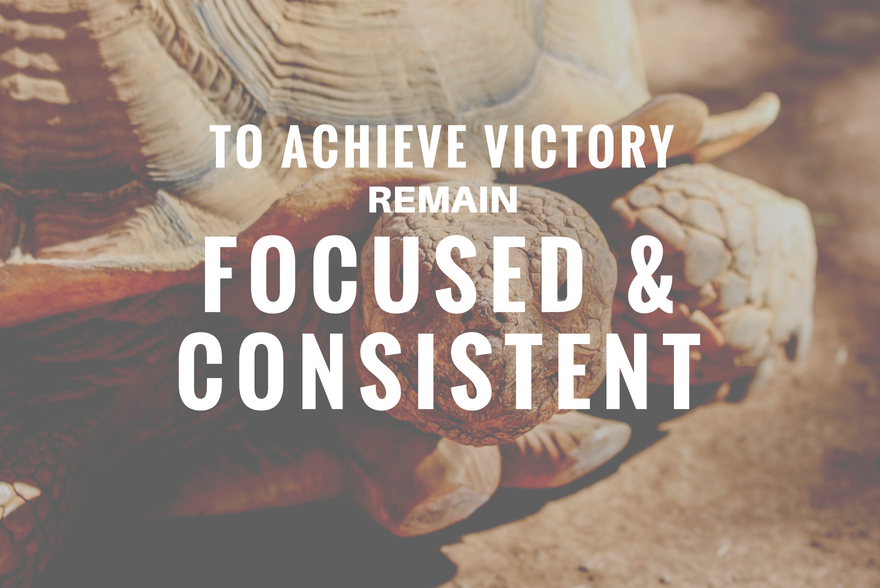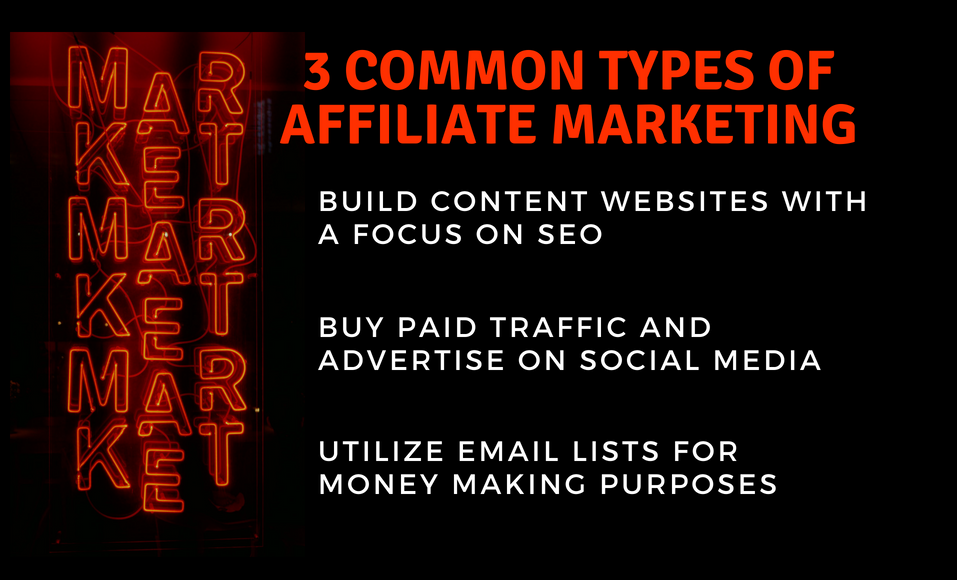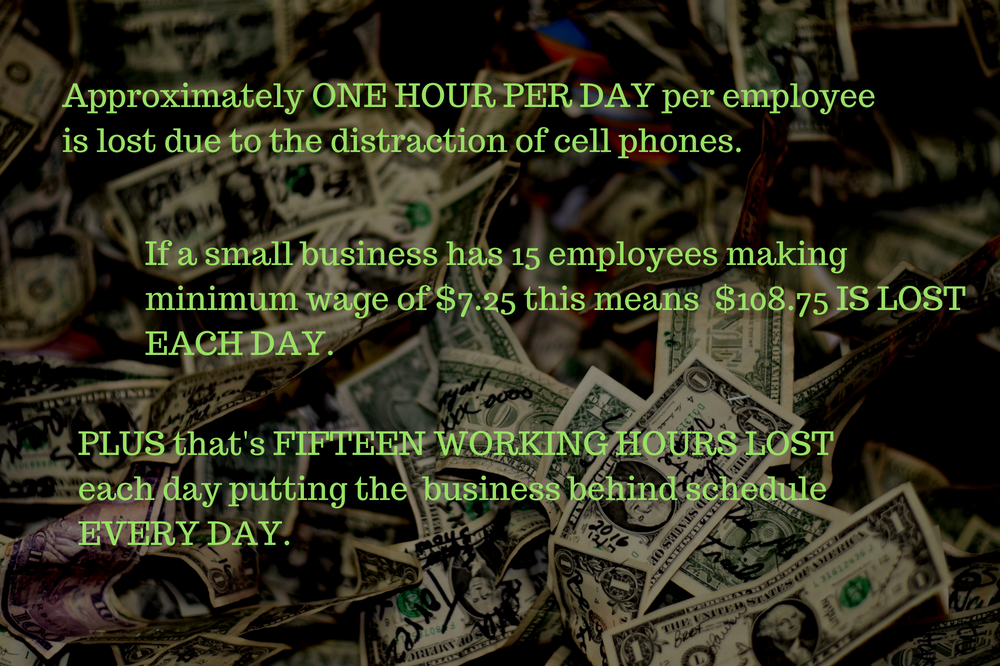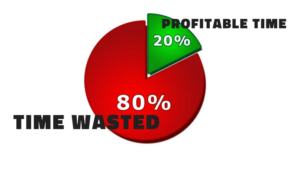
The number one goal of any affiliate marketing campaign should not be to have success.
Wait…what? Okay, read it one more time.
The number one goal of any affiliate marketing campaign should not be to have success (R).
Why wouldn’t you want this goal?
Isn’t success or profit the whole point?
Well, simply put, your goal should be much higher than that. You should aim not only to scale a successful affiliate marketing campaign but to create a super successful, highly profitable endeavor, one that will remain productive for years to come.
How do you go about this you might ask? Well, as the adage says, “imitation is the sincerest form of flattery.”
Therefore, to create a super affiliate marketing campaign and find sustained success you need to look at what has made super affiliate marketers successful in the past. Once you know what makes them tick you can emulate how their mind works yourself. Speaking of mindset…
It Takes a Mindset Shift

The biggest thing you need to take from those who have found immense success in affiliate marketing is their mindset. They are a step above the rest of us when it comes to the way they think and that has led them to realize their dreams.
Yes, there are marketing strategies you can employ within your campaign that will help you focus your resources more productively. There are also big “don’t dos” that will keep you out of trouble and all those are worthwhile.
That isn’t the topic at hand today, though.
Today we are focusing on the biggest thing you need to take from those who have found immense success in affiliate marketing.
That is their mindset.
They are a step above the rest of us when it comes to the way they think and that has led them to realize their dreams. Thankfully, we can pick their brains so to speak and come away with a bit of wisdom when can use for our own affiliate marketing campaigns:
Three Mindset Shifts You Must Make
We are going to look at each of these in depth, but let’s quickly summarize what these mindsets are to get you in the right…well, mindset.
You see what we did there?:

Taking a Deeper Look…
Now that you know where we are going with this let’s begin delving into this.
1. They Are Willing to Sacrifice Early Profits
Individuals who run super successful affiliate marketing campaigns understand that sometimes they will lose money. Though the goal is to make a profit, a substantial one even, they know that profit doesn’t always come in the form of money. At least not right up front.
In many instances, the data you can glean from running a campaign, even one that doesn’t make money at the beginning, can be immense. You can then take the gathered data, streamline your marketing efforts and create a profit by optimizing the existing campaign or using it on your next campaign.

Don’t be afraid to lose money. This takes a great mindset shift but just take a deep breath, hang on and enjoy the ride. Things will turn up eventually if you remain committed to the process.
Don’t Be Scared: It’s also important not to be scared to lose money.
Admittedly, this can be a difficult shift in mindset for those in the online business world especially if you are new.
I just look at this way…
Sacrifice early profits for long-term gain.
I do this if I’m doing SEO, paid traffic, list building or pretty much anything.
That said, we are taught profits are the only way, or at least best way, to measure success.
Don’t be fooled.
You just learned that isn’t the case.
Therefore, take a deep breath, hang on and enjoy the ride. Things will turn up eventually if you remain committed to the process. According to Charles from Charles Ngo, an ultra-successful affiliate marketer,
Your first campaigns will suck and lose money. But everyone who has been successful in this industry has gone through that point. – Charles Ngo
See, if you’re losing money, it’s not the end of the world.
Let me give you one caveat though.
You must use the losing campaign as a learning expertise to keep moving forward and find the winners!

Though the goal is to make a profit, a substantial one even, super affiliates know that profit doesn’t always come in the form of money. At least not right up front.
2. They are Focused and Consistent
Another powerful mindset of those managing super successful affiliate campaigns is the fact that they remain consistent and focused on their end goal. One of the best-known tales from Aesop’s Fables is applicable here.
The Tortoise and the Hare:
The story of the tortoise and the hare is likely one you grew up hearing. It is the story of the faithful, focused and consistent–yet slow–tortoise taking on the much faster yet overly confident hare in a footrace.
Of course, the hare is faster than the poor tortoise. However, the arrogance of the hare has him napping on the sideline so sure of his speed and agility that he in no way thinks the tortoise can even challenge him.
What he didn’t know though, was that the tortoise all remained steadily plotting towards the finish line.
He slowly but surely made his way through the race never stopping, never deviating, and eventually won.

Like the tortoise in the fable of the tortoise and the hare, if you remain focused and consistent when it comes to your affiliate campaign you will achieve victory.
Great What Does That Mean For Me…?
You might say, well great. That’s a fantastic story and good for the old tortoise, but…so what?
Well, you are the tortoise in this story, my friend.
Please Remain Focused:
Only instead of a footrace, you are racing in the ultra-competitive world of affiliate marketing. The way to achieve success like the tortoise is to remain focused on your end goal.
Don’t put your eggs in too many baskets.
Yes, you have many tools to choose from when it comes to running your campaign, from SEO, email marketing, paid traffic, or even social media-driven campaigns.
However, it’s best to focus entirely on mastering one of these.
Put all your resources there so you can really knock it out of the park and you will find more success than if you tried to master all things at once.
Find your niche and go for it!
Remain Consistent:
Another lesson you can take from the tale above is consistency.
If the tortoise had deviated from his goal, even once, there would have been no way for him to overcome the speed of the hare.
In the same way, you must remain focused and consistent when it comes to your affiliate campaign(s).
It is through consistency that you will achieve victory.
Trust me when I say if you focus for just 12 months you’ll be absolutely amazed at what can happen for you.
3. They Think Big
According to Elite Marketing Pro, those who find great success in marketing of any kind think bigger than the rest of us.
They share the following quote from the movie “The Art of The Deal,” we think it is worth repeating, “If you’re going to be thinking anyway, you might as well think big.”
If you really want to change the way you think in order to become a super affiliate marketer, you must learn to think bigger.
Know your own mind, what you were meant to do and then go after it with dogged determination.
Don’t limit yourself in terms of what you “can’t do.” If you don’t know how to do something, learn or outsource it, but don’t put limits on yourself.
My suggestion is to build a team that learns whatever you need to, however, at first you may learn everything yourself. Yet remember scale happens by replicating yourself and hiring those who thrive at what you can’t do.

Know There Will be Push Back:
As in any area of life, when you become fully committed to achieving success in anything, you can expect some pushback from those around you.
It could be friends, colleagues, family, or even the ‘universe’.
It just happens. I believe you are always tested when you truly commit to something. The universe wants to see your resolve.
Pay them no mind, though.
You got this, and if you remain focused, think bigger and aren’t scared to sacrifice, you are well on your way to becoming ultra-successful in your own affiliate marketing campaign.
We know you can do it if you make these changes to the way you think. It won’t be easy, but it will be worth it!
Resources & References
[+] https://en.wikipedia.org/wiki/The_Tortoise_and_the_Hare [+] https://charlesngo.com/mindset-for-affiliate-marketing-success/ [+] https://en.wikipedia.org/wiki/The_Tortoise_and_the_Hare [+] 4 Myths About Affiliate Marketing You Need To Know: Forbes.com
[+] 10 Ways Mentally Strong People Build Powerful Mindsets: Inc.com
[+] 5 Successful Social Media Campaigns You Can Learn From: DigitalMarketingInstitute.com































